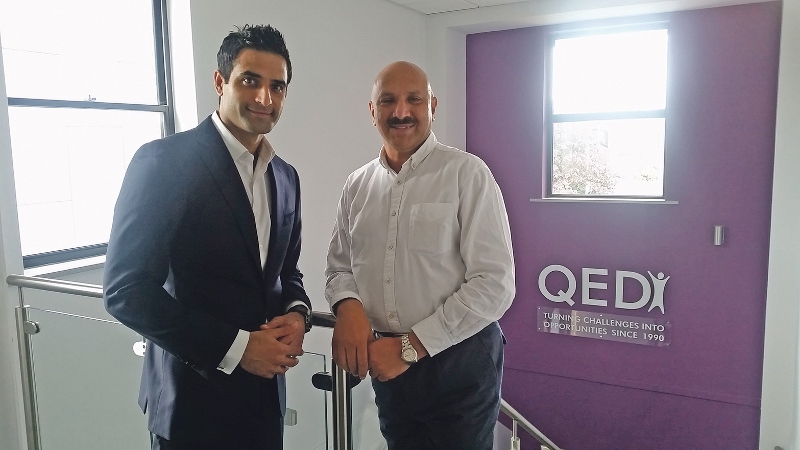
Bradford to lose big bounty of arty artefacts
A recently signed agreement, which will see more than 400,000 objects from Bradford’s National Media Museum transferred to London’s Victoria and Albert Museum (V&A), has been met by strong opposition from local art fans.
The move, which would create the world’s foremost collection on the art of photography, was approved last month by the Science Museum Group which runs Bradford’s popular tourist attraction.
However, it is a decision which has been slammed by many in the city, including Bradford West MP Naz Shah.
She said: “It is outrageous that Bradford with its pioneering and its historic connection with film and photography stretching back to the 1890’s is losing its unique Royal Photographic Society collection to the V&A.
“This decision is wrong for so many reasons not least for the fact that Bradford is the UNESCO City of Film, a city that in 1897 showed the first black and white films predating Hollywood by some 13 years. Quite frankly, Bradford’s connection to film and photography makes this move an act of cultural vandalism and a betrayal of Bradford.”
If the transfer of artefacts goes ahead, the photographs, cameras, books and manuscript material will join the V&A’s existing collection of 500,000 photographs to create an International Photography Resource Centre.
The new centre will provide the public with a world-class facility to access this consolidated collection, which will become the single largest collection on the art of photography in the world.
An online petition against the action has been created by Neville Walker on the website, ‘38 degrees’, which has nearly reached its 15,000 signature target.
The petition says: “This is pure asset stripping, will endanger the long-term viability of the Bradford museum and further concentrate the nation’s cultural treasures in an already grotesquely bloated capital.
“The imbalance in cultural spending between London and the rest of the UK is inexcusable as it is. This move will only exacerbate that imbalance. The UK’s national collections are supposed to be or the benefit of all its citizens, not just the minority who live in London and the south-east.”
The collection being transferred encompasses exquisite vintage prints, the world’s first negative, unique daguerreotypes and early colour photographs, as well as important albums, books, cameras and the archives of major photographers.
At its heart is the Royal Photographic Society Collection, which charts the invention and development of photography over the last two centuries.
Among the treasures moving to the V&A are works by British pioneers William Henry Fox Talbot, Hill & Adamson, Roger Fenton and Julia Margaret Cameron.
Ms Shah said the move would have an adverse impact on the footfall at the Bradford museum.
She added: “It is not acceptable that the arts budget is overwhelmingly funding London museums and starving northern regions of vital funds for museums, culture and heritage.
“Moreover after our city’s struggle to save the museum, this decision is and will be a detriment to Bradford’s attempt at regeneration. The museum and local people demonstrated its enthusiastic support for the National Media Museum. And since then the numbers of visitors have increased.”
Science Museum Group Director, Ian Blatchford, said: “Our two museums have a long and proud shared history and this decision illustrates just how seriously we take our common mission to cherish and share the nation’s extraordinary cultural heritage.”















